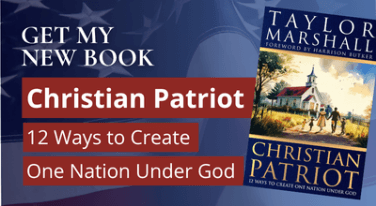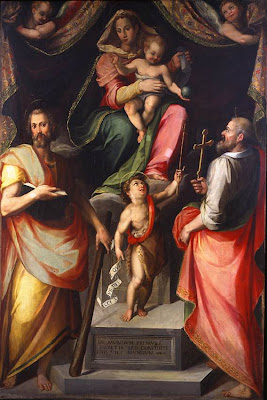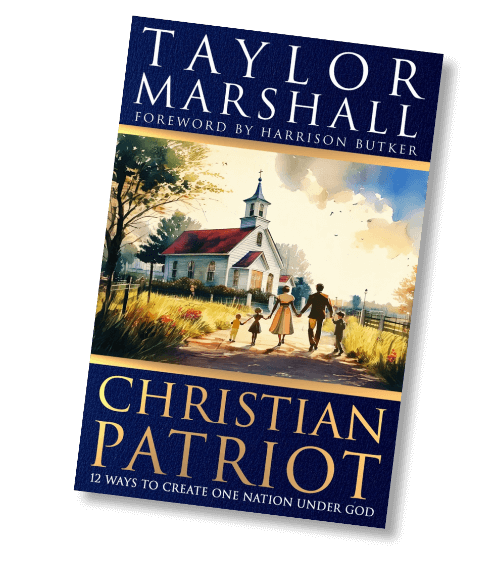Who are the Certain Saints Mentioned in the Holy Mass
Communicantes, et memoriam venerantes, in primis gloriosae semper Virginis Mariae, Genetricis Dei et Domini nostri Iesu Christi: sed et beati Ioseph, eiusdem Virginis Sponsi,
et beatorum Apostolorum ac Martyrum tuorum, Petri et Pauli, Andreae, Iacobi, Ioannis, Thomae, Iacobi, Philippi, Bartholomaei, Matthaei, Simonis et Thaddaei:
Lini, Cleti, Clementis, Xysti, Cornelii, Cypriani, Laurentii, Chrysogoni, Ioannis et Pauli, Cosmae et Damiani et omnium Sanctorum tuorum; quorum meritis precibusque concedas,
ut in omnibus protectionis tuae muniamur auxilio. Per Christum Dominum nostrum. Amen.
“And round about the throne were four and twenty seats: and upon the seats, four and twenty ancients sitting, clothed in white garments. And on their heads were crowns of gold.” (Revelation 4:4, D-R)
Nobis quoque peccatoribus, famulis tuis, de multitudine miserationum tuarum sperantibus, partem aliquam et societatem donare digneris, cum tuis sanctis Apostolis et Martyribus: cum Ioanne, Stephano, Matthia, Barnaba, (Ignatio, Alexandro, Marcellino, Petro, Felicitate, Perpetua, Agatha, Lucia, Agnete, Caecilia, Anastasia) et omnibus Sanctis tuis: intra quorum nos consortium, non aestimator meriti, sed veniae, quaesumus, largitor admitte. Per Christum Dominum nostrum.
What to Watch Next
SHOP THE TAYLOR MARSHALL STORE
Dive Deeper

GET CONFIDENT IN YOUR FAITH
Explore the fascinating world of Catholic teachings with Dr. Marshall. Together you’ll unpack the brilliant answers the Church gives to tough questions about the Faith. The best part: you go at your own pace. Start this exciting journey today.


 >
>




